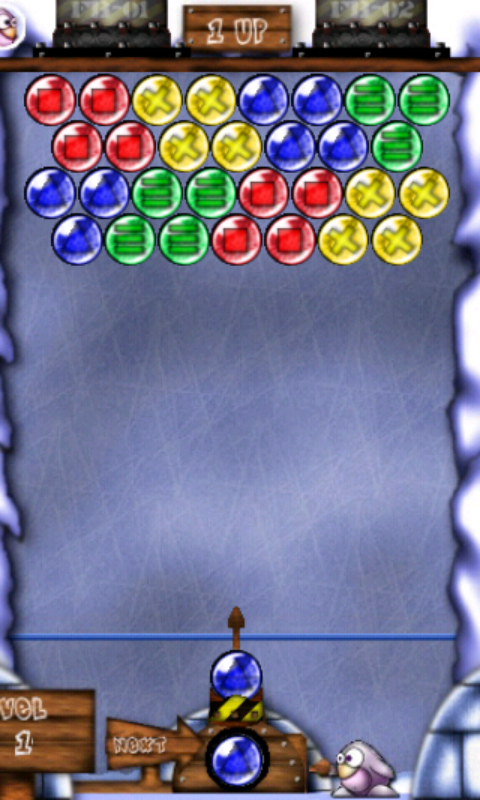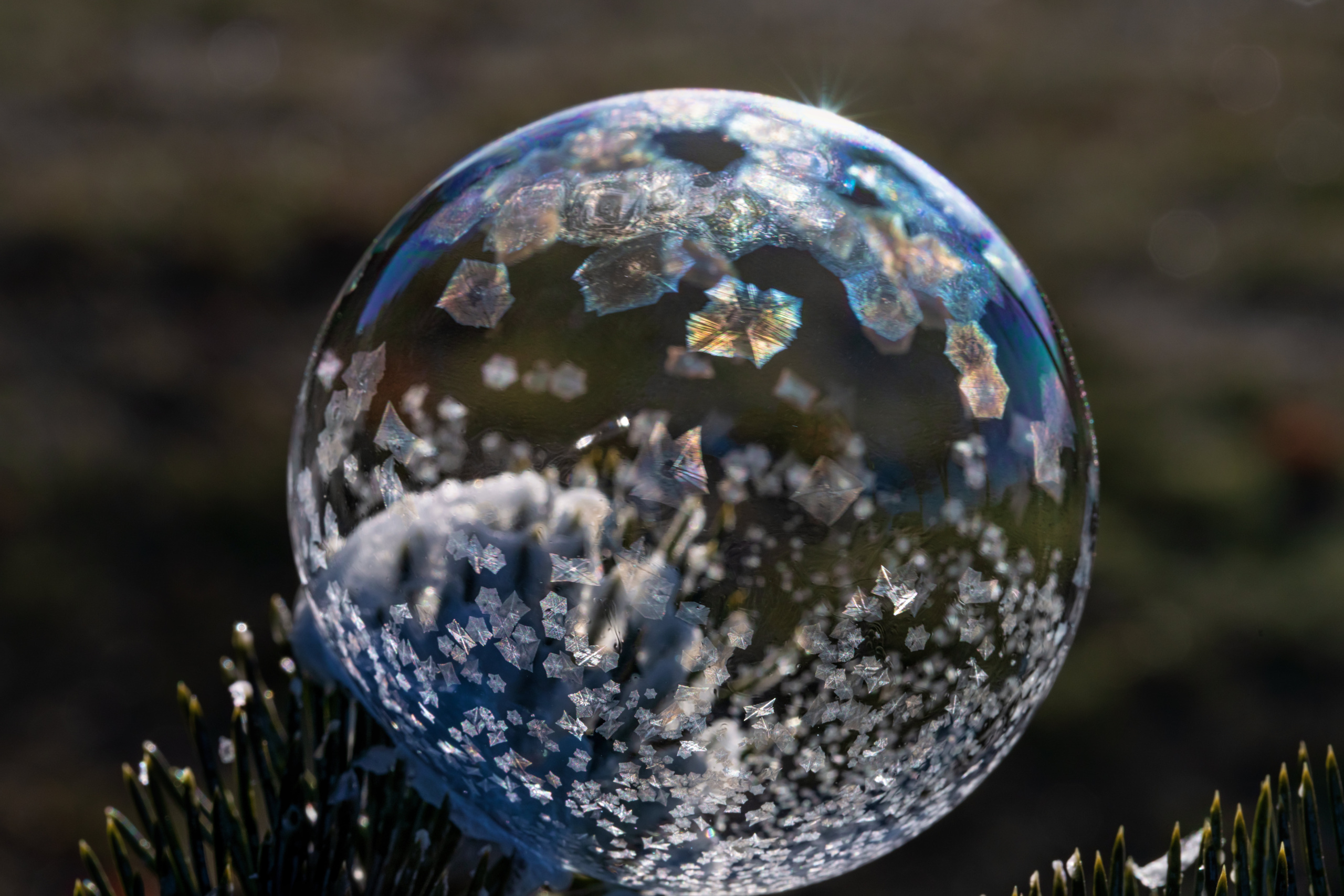

This diagram of water molecules will help you visualize how water molecules are constructed and the way they stick together. That’s why water blends together with itself so easily as opposed to molecules staying separate as if they were a pile of sand. Water molecules that find themselves next to each other will bond together naturally with a hydrogen bond. If you remember from grade school science, water consists of two hydrogen atoms and one oxygen atom, bonded together by a covalent bond. Water is an essential ingredient to your mixture because of its ability to freeze. Then, you can try out substitutions or experiment with your own scientific ideas to create the perfect solution. Learn what each ingredient does and start with this list as a base. These ingredients each serve a purpose in bubble formation and freeze-bility. While more than one solution can work for creating frozen bubbles, there are certain ingredients that tend to be a part of each mixture. What Are the Ingredients For a Frozen Bubble Solution? This how-to guide will offer tips for the best mixtures for creating frozen bubbles, multiple bubble blowing techniques, games to play with frozen bubbles, and a little science behind the magic of crystallization. It’s time for science and nature to impress you with their intricate and precise natural reactions. Not only does it result in a beautiful crystallized orb, but it’s a chance to exercise the scientific part of your brain. Creating frozen bubbles is a fun activity for the whole family to try this winter.

But it’s actually a rare opportunity to partner with nature and watch a liquid turn into a solid right in front of your eyes. Here is what you need to know about creating beautiful frozen orbs this winter: Why Blow Bubbles in Winter?īlowing bubbles outside might not be the first activity to come to mind during the dead of winter. Blowing bubbles in winter is an entirely different experience that you need to try. Giant bubbles created with hula hoops and a kiddie pool is a classic summer camp favorite. Traditionally it’s associated with blue skies and warm weather, at summer picnics perhaps. It’s something that’s hard not to get a kick out of (for children and adults alike). A solid ice balloon placed in water displaces its weight in water-this is Archimedes’ principle-with 10 percent of the ice balloon above the surface and 90 percent below.Just about everyone has experienced the simple joy of blowing bubbles at some point or another. This increased volume translates into lower density, causing ice to float. Most substances shrink as they cool, but water is a notable exception, freezing into hexagonal crystalline structures that take up about 10 percent more space than liquid water. As in rivers, the meanders shift over time, responding to subtle changes in flow and channel shape. Ions of sodium and chlorine from the salt get in the way of ice-crystal formation, turning the back-and-forth into more of a one-way street in which more ice melts then freezes.Īs the salty liquid water flows down the balloon, it begins to form meandering streams, just as rivers do (see photo below). In any ice/water combination, there is an ongoing back-and-forth in which some liquid water molecules are freezing while some solid water (ice) is melting. Salt on the balloon will cause the ice to melt, even at temperatures below freezing. When the surface of the balloon warms to the freezing point, a visible film of water appears on the surface and the frost disappears. At these cold temperatures, water vapor in the air can freeze onto the balloon, creating a layer of frost.

When the balloon comes out of the freezer, it’s often at a temperature of 0☏ (-18☌), much colder than the freezing point of 32☏ (0☌). Since bubbles scatter light of all wavelengths, they give the ice balloon a white, opaque center (see photo below). One bubble can seed a neighboring bubble, creating a radial chain of bubbles. Meanwhile, impurities such as air or minerals are left behind in the liquid, where they concentrate until they come out of solution as bubbles. As the water freezes, it creates pure crystals of water, which are clear.

The water in an ice balloon freezes from the outside in. There’s plenty to learn from a frozen water balloon, starting with the patterns of bubbles-or lack thereof-in the ice.


 0 kommentar(er)
0 kommentar(er)
